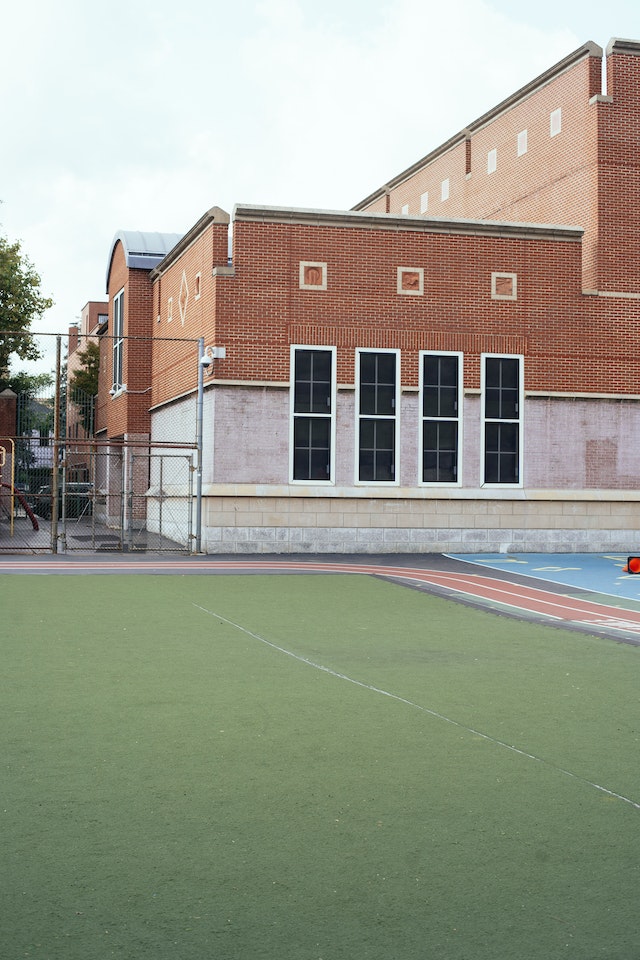
If you have ever lived on a corner lot in a suburban neighborhood, you have had concerns about your lawn being vandalized, or worse, a car crashing through your property. And if so, you piled up a bunch of large landscaping rocks on the corner or planted a large tree there. That way, the rocks could slow a car and the tree would stop it from crashing into your house.
Just like landscaping can help prevent vandalism or a vehicle-house crash, it can provide similar protection for various scenarios on a school campus.
Crime Prevention Through Environmental Design (CPTED) is the use of landscaping to protect the environment around you from crime.
CPTED relies on strategic design solutions. The core strategy elements include natural access control, natural surveillance, territorial reinforcement, maintenance and activity support.
Statistics suggest CPTED design in general for all building types is effective in reducing crime in the range of 30% to 80%.
While that might seem like a wide range, preventing crime on a school campus by only 30% through this design is still significant.
CPTED design can help reduce victimization, build a sense of community and belonging on campus, deter someone from committing a crime and reduce fear of a crime happening for staff and students.
All effective CPTED solutions will incorporate at least some of the following five key strategies:
Natural Access Control: This will guide the entry sequence from the point of site access to the main building entry. It aims to decrease opportunities for criminal activity by denying access and creating a perception of risk for would-be criminals. This can be accomplished through the placement of entrances, exits, fences, landscaping and lighting.
Natural Surveillance: This requires strategic placement of physical features, such as windows, lighting and landscaping. Doing so makes it difficult for someone outside the building perimeter to see inside the building.
Territorial Reinforcement: This begins with the definition of property boundaries and semi-public and restricted areas within the property line. It creates an area of influence where those thinking about committing a crime feel like they do not belong.
Maintenance: Having maintenance staff on campus grounds regularly usually helps to deter crime. It is also essential to support the natural surveillance strategy. In addition, maintenance staff can prevent overgrown vegetation from blocking sight lines and ensure exterior lights are functioning correctly.
Activity Support: This leverages the presence of staff and students to discourage crime. An active outdoor space supports both natural access control and surveillance strategies.
Environmental design strategies have prevented a wide variety of crimes, such as vandalism, assault and theft.
However, they must be deployed in concert with other traditional methods of crime prevention such as video surveillance, secured entries and other internal measures to deter a criminal act more effectively.
Source: Campus Safety Magazine
